Iran (IMNA) - Supervised by a joint mission of Iranian and Italian archaeologists and cultural heritage experts, the dig uncovered vestiges of a massive gateway measuring 30 by 40 meters with a height of approximately 12 meters.
They (archaeologists) succeeded in proving that Cyrus had ordered the construction of the gateway near Persepolis in Tall-e-Ajori and that this magnificent gateway had been put into operation during the reign of his son Cambyses.
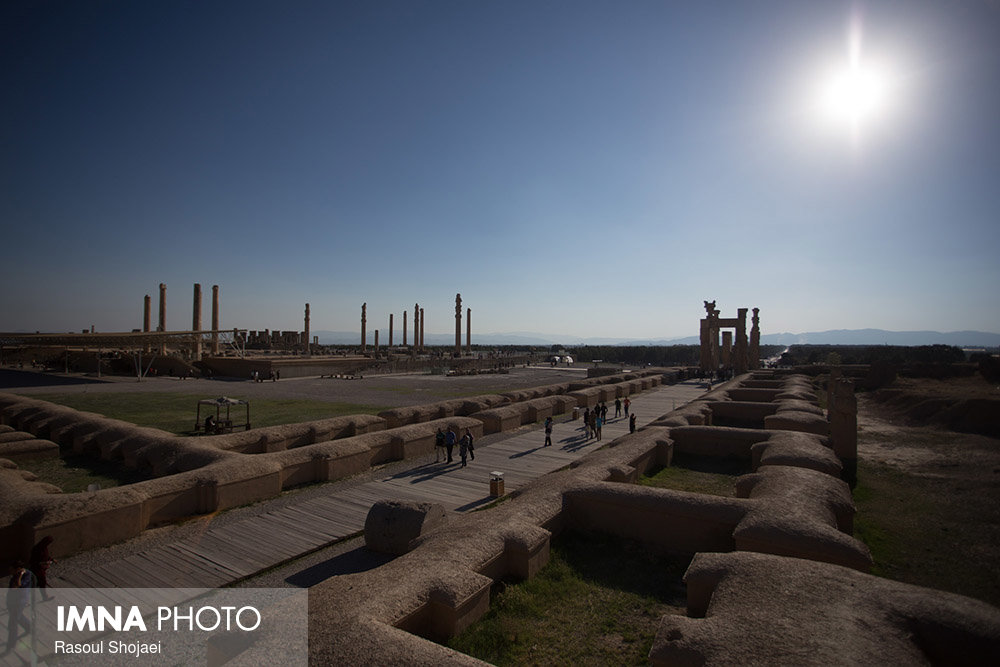
“The building had a corridor in the center, which was in form of a rectangular room measuring eight by twelve meters, and inside this central room, there were four living chairs. And the central corridor opened on both sides to the Achaemenid campus,” IRNA quoted senior Iranian archaeologist Alireza Askari-Charoudi as saying on Monday.
The discovery was made during the tenth excavation season jointly supervised by the Italian archaeologist Pierfrancesco Callieri from the University of Bologna, and his Iranian counterpart Askari-Charoudi from the University of Shiraz. The first season was held in the Iranian calendar year 1390 (2011).
The gateway is made of [brick and] clay materials and the whole exterior has been decorated with painted bricks. The lower parts and the plinth of the walls are decorated with [themes of] lotus flowers, the body, and facade of the walls are embellished with various colored panels of mythical animals, symbols, and belief symbols of ancient Iranians, Elamites and Mesopotamians,” the Iranian archaeologist explained.
“More importantly, the central room bears inscriptions in Babylonian and Elamite (cuneiforms),” he added.
Talking about the age of the monument, the top Iranian archaeologist said: “ The sum of written documents, building materials, motifs used to decorate the facade of the building, the Carbon 14 (C-14) dating method, and some other evidence reveal that this structure was built after 539 BC in honor of the conquest of Babylon by Cyrus the Great.”
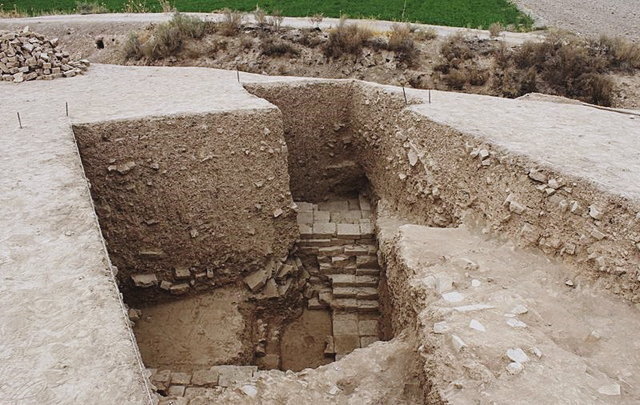
The empire, founded by the Persian kings Cyrus and Darius, stretched from the Balkans to Central Asia at its peak. It was the first state model based on diversity and tolerance of different cultures and religions.
Once Cyrus and his army entered the city of Babylonian, they did not burn it to the ground (as usually happened with conquered cities at this period) but he freed the population from forced labor obligations, sent back to various shrines statues of gods, and allowed the people who had been brought to Babylon by the Babylonian kings to return to their homes. By this act, he was effectively allowing people to pursue unmolested their own religious practices.
The royal city of Persepolis ranks among the archaeological sites which have no equivalent, considering its unique architecture, urban planning, construction technology, and art.
Persepolis, also known as Takht-e Jamshid, whose magnificent ruins rest at the foot of Kuh-e Rahmat (Mountain of Mercy), was the ceremonial capital of the Achaemenid Empire. It is situated 60 kilometers northeast of the city of Shiraz in Fars province.
The city was burnt by Alexander the Great in 330 BC apparently as revenge to the Persians because it seems the Persian King Xerxes had burnt the Greek City of Athens around 150 years earlier.
The city’s immense terrace was begun about 518 BC by Darius the Great, the Achaemenid Empire’s king. On this terrace, successive kings erected a series of architecturally stunning palatial buildings, among them the massive Apadana palace and the Throne Hall (“Hundred-Column Hall”).
This 13-ha ensemble of majestic approaches, monumental stairways, throne rooms (Apadana), reception rooms, and dependencies is classified among the world’s greatest archaeological sites.
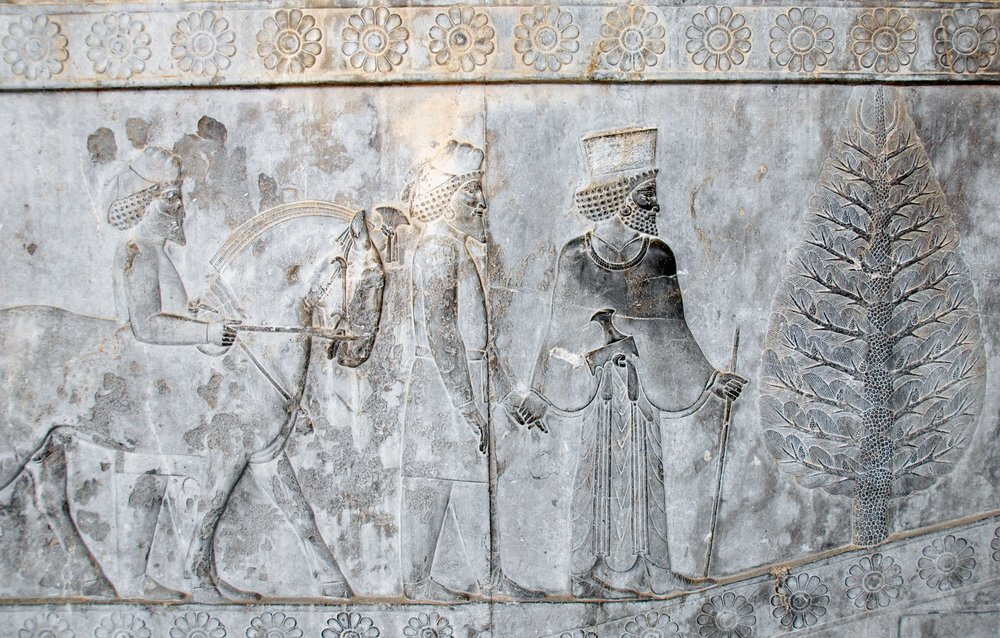
Persepolis was the seat of the government of the Achaemenid Empire, though it was designed primarily to be a showplace and spectacular center for the receptions and festivals of the kings and their empire.
The site is marked by a large terrace with its east side abutting the Kuh-e Rahmat (“Mount of Mercy”). The other three sides are formed by a retaining wall, varying in height with the slope of the ground from 13 to 41 feet (4 to 12 meters); on the west side, a magnificent double stair in two flights of 111 short stone steps leads to the top. On the terrace are the ruins of several colossal buildings, all constructed of a dark gray stone (often polished to a marble-like surface) from the adjacent mountain.
According to Britannica, the stone was cut with the utmost precision into blocks of great size, which were laid without mortar; many of them are still in place. Especially striking are the huge columns, 13 of which still stand in the audience hall of Darius I (the Great; reigned 522–486 BC), known as the apadana, the name given to a similar hall built by Darius at Susa. There are two more columns still standing in the entrance hall of the Gate of Xerxes, and a third has been assembled there from its broken pieces.
In 1933 two sets of gold and silver plates recording in the three forms of cuneiform—ancient Persian, Elamite, and Babylonian—the boundaries of the Persian empire were discovered in the foundations of Darius’s hall of audience. Several inscriptions, cut in stone, of Darius I, Xerxes I, and Artaxerxes III indicate to which monarch the various buildings were attributed.
The oldest of these on the south retaining wall gives Darius’s famous prayer for his people: “God protect this country from foe, famine, and falsehood.” There are numerous reliefs of Persian, Median, and Elamite officials, and 23 scenes separated by cypress trees depict representatives from the remote parts of the empire who, led by a Persian or a Mede, made appropriate offerings to the king at the national festival of the vernal equinox.
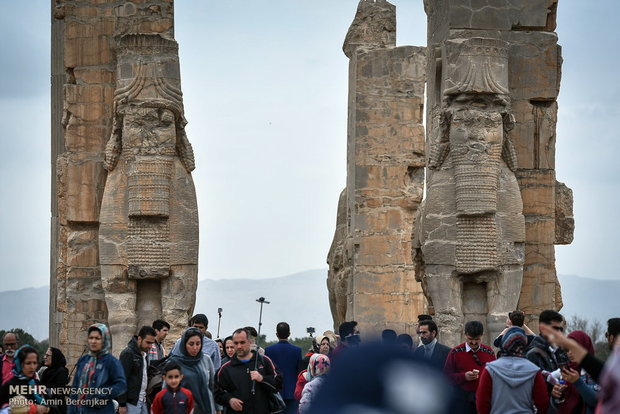
By Afshin Majlesi
Tehrantimes

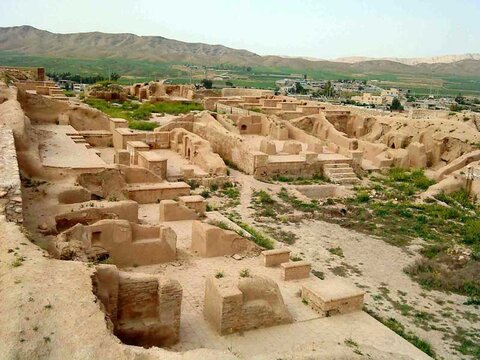
Your Comment